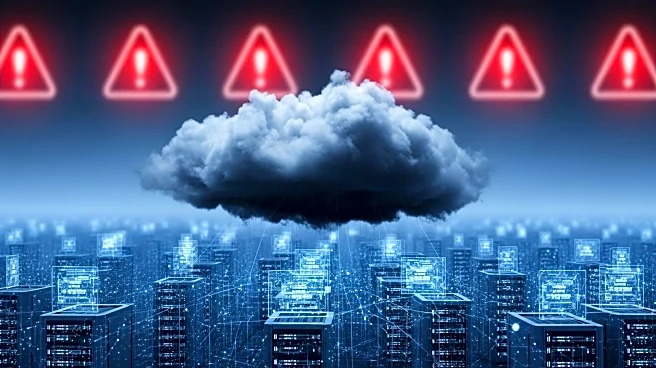What's Happening?
A recent report by Sophos highlights the ongoing challenges faced by the education sector in dealing with ransomware attacks, despite some progress in detection and recovery. The report surveyed 441 IT and cybersecurity leaders across 17 countries, revealing that schools and universities have made strides in preventing and recovering from ransomware incidents. However, systemic gaps in staffing, resources, and best practices continue to leave educational institutions vulnerable. Phishing remains the leading entry point for ransomware in K-12 schools, while higher education institutions face threats from unpatched software vulnerabilities. The report also notes a decrease in data encryption rates, with attackers increasingly stealing information even when encryption is not used. Financially, the education sector has seen a reduction in ransom demands and payments, indicating a shrinking ransom market. Despite these improvements, the psychological impact on IT and cybersecurity teams remains significant, with many reporting increased anxiety, stress, and feelings of guilt.
Why It's Important?
The ongoing threat of ransomware in the education sector has significant implications for the security and financial stability of educational institutions. As schools and universities continue to face cyber threats, the need for robust cybersecurity measures becomes increasingly critical. The reduction in ransom demands and payments suggests progress, but the persistent vulnerabilities highlight the necessity for continued investment in cybersecurity infrastructure and training. The psychological toll on IT and cybersecurity personnel underscores the human cost of these attacks, which can affect staff morale and productivity. Addressing these challenges is essential for ensuring the safety and integrity of educational data and maintaining trust in educational institutions.
What's Next?
Educational institutions are likely to continue strengthening their cybersecurity measures to combat ransomware threats. This may involve increased collaboration with cybersecurity firms and the adoption of advanced security technologies. As the sector works to close systemic gaps, there may be a push for more comprehensive cybersecurity training and resources. Policymakers and educational leaders may also advocate for increased funding and support to enhance cyber resilience. The psychological impact on IT and cybersecurity teams may lead to initiatives focused on mental health support and stress management within the sector.
Beyond the Headlines
The persistent threat of ransomware in education raises ethical and legal questions about data protection and privacy. As institutions handle sensitive information, the need for stringent data security protocols becomes paramount. The evolving nature of cyber threats may also drive long-term shifts in how educational institutions approach technology and security, potentially influencing curriculum development and the integration of cybersecurity education.











